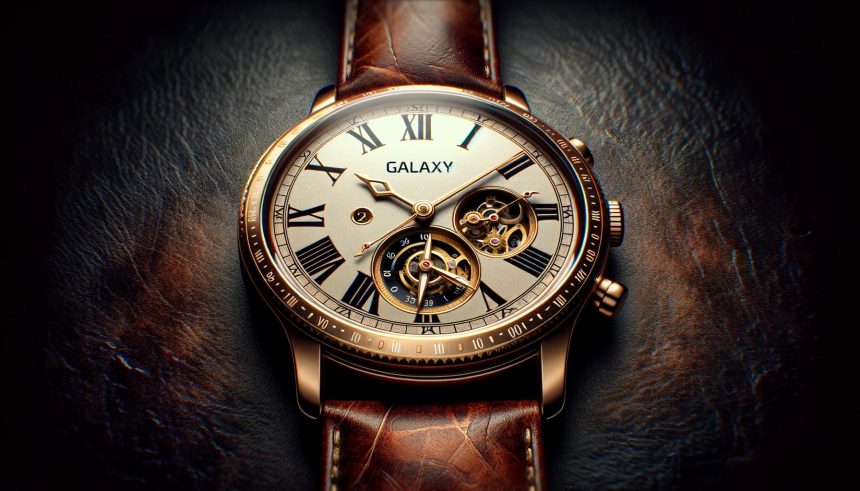Samsung’s newest addition to its smartwatch lineup signals a deliberate move to blend modern features with classic elements as the Galaxy Watch 8 Classic Ultra reintroduces the sought-after rotating bezel. Wearable technology enthusiasts had speculated about this design shift following persistent user feedback. The Ultra variant’s design, along with software and durability improvements, aims to distinguish it within an increasingly crowded market. Amidst various product leaks and teaser images, renewed excitement has emerged over the return of a feature long associated with Samsung’s smartwatch identity.
Samsung had initially removed the physical rotating bezel in recent Galaxy Watch releases, opting for digital alternatives that divided opinion among long-time users. When the digital interface failed to resonate with a broad base, demand for the mechanical bezel’s practicality and tactile control grew louder, prompting Samsung’s reconsideration. Recent leaks reinforce that the Galaxy Watch 8 Classic Ultra will not only restore this feature but also focus on building upon the premium segment, a direct response to heightened competition from Apple and other rival brands in the smartwatch sphere.
What Sets the Galaxy Watch 8 Classic Ultra Apart?
Restoration of the rotating bezel highlights Samsung’s intention to draw on its heritage while introducing a host of updates. Official images and specifications reveal that the watch maintains the circular display and classic aesthetic, blending stainless steel construction with a robust new design. Enhanced water and dust resistance coupled with increased battery life are expected to target users who favor longevity in wearable devices. Samsung’s own Wear OS integration continues, supporting third-party app compatibility and health tracking features.
How Does the Rotating Bezel Improve the User Experience?
Users cite improved control and familiarity with the mechanical bezel, which allows smooth navigation through interfaces even while wearing gloves or in wet conditions. This ergonomic detail was frequently omitted in software-only navigation solutions, prompting mixed reviews. As one enthusiast noted,
“The physical bezel gives me a tactile connection to my watch that touchscreen scrolling never matched.”
This mechanical interface offers an alternative for users who prefer physical input alongside touchscreen convenience.
Is the Galaxy Watch 8 Classic Ultra Targeting a Niche Market?
Samsung positions the Galaxy Watch 8 Classic Ultra for consumers preferring traditional watch elements combined with technological enhancements. While devices like Apple Watch Ultra have championed rugged design and long-lasting capabilities, Samsung appears to concentrate on familiarity, customizability, and extended durability. Features such as advanced health sensors, improved performance metrics, and a wide selection of bands aim to attract professionals and fitness enthusiasts seeking versatile usage scenarios.
The reintroduction of the mechanical bezel places Samsung back in line with competitor offerings while redressing criticism voiced by fans who favored practicality over minimalist design changes. With more brands shifting toward premium build quality and unique interactive elements, focus appears to be shifting toward balancing nostalgic appeal and progressive functionality. Those considering an upgrade or switching platforms may weigh the tactile feel and physical interface as significant decision factors, particularly if seamless navigation is critical to their use. Moreover, Samsung’s product differentiation strategy involves not just design, but also robust ecosystem support and long-term software updates.
Prospective buyers evaluating the Galaxy Watch 8 Classic Ultra should consider daily usage requirements, especially if durability and versatile user control rank high on their priorities. The physical rotating bezel serves not only as a nod to traditional watchmaking but also enhances usability across diverse environments. For those comparing high-end watches across brands, assessing interface preference, software longevity, and device support will help guide a sensible purchase decision. As product iterations develop, listening to consumer feedback and balancing legacy features with new technology continues to influence market direction and user satisfaction.










